Communication Access Realtime Translation (CART) is a vital accessibility tool that ensures people who are Deaf or hard of hearing can participate fully in conversations, events, and learning environments. CART converts spoken language into written text instantly, providing real-time captions displayed on screens, personal devices, or projectors.
In a world striving for inclusion, CART stands out as a service that guarantees equal access to communication. Whether in education, business, or public events, CART empowers individuals by removing communication barriers.
What You’ll Learn in This Newsletter:
- What is CART and how does it work?
- Who benefits most from CART services?
- Applications of CART across industries.
- Key questions to ask when hiring a CART provider.
- How CART ensures compliance and inclusion.
Understanding CART as a Service
CART is much more than transcription—it’s about creating a bridge between spoken communication and accessibility. CART providers use cutting-edge stenography and technology to deliver live captions with remarkable speed and accuracy. This real-time solution is crucial for ensuring inclusivity and engagement across diverse settings.
How Does CART Work?
CART operates seamlessly through a combination of expertise and technology:
- Stenographers: Skilled professionals use specialized stenotype keyboards to capture speech at high speeds.
- Software Integration: Stenographic shorthand is instantly translated into readable text.
- Delivery Platforms: Captions are displayed on various platforms, including:
- Large screens for group settings.
- Personal devices for one-on-one or remote interactions.
- Online platforms for virtual events.
This flexible approach ensures CART can be tailored to meet the unique needs of any event or setting.
Who Can Benefit From CART Services?
CART services are invaluable for a wide range of audiences and industries:
- Individuals Who Are Deaf or Hard of Hearing: CART provides instant access to spoken language, empowering individuals to fully engage in live discussions and events.
- Educational Institutions: CART enhances learning environments for students who rely on real-time captions to follow lectures and discussions.
- Businesses and Corporations: Employers can create inclusive workplaces by using CART during training sessions, meetings, and presentations.
- Legal and Medical Environments: CART ensures critical information is communicated clearly and accessibly in high-stakes scenarios.
- Public Events and Conferences: CART helps organizations meet ADA compliance requirements while fostering inclusivity for all attendees.
Where Is CART Used?
The versatility of CART makes it applicable across industries:
- Education: From K-12 to universities, CART supports accessible learning environments.
- Workplaces: CART promotes inclusivity during employee training, performance reviews, and team meetings.
- Legal and Court Settings: CART ensures all parties have access to accurate real-time communication.
- Medical Appointments: Patients and healthcare providers benefit from clear, accessible communication.
- Community Events: Town halls, religious services, and community programs use CART to include all participants.
Questions to Consider When Choosing a CART Provider
When selecting a CART provider, consider these critical factors:
- What level of accuracy do they guarantee?
- CART requires a high level of precision to ensure captions are clear and comprehensible.
- Do they have experience in your industry?
- Specialized terminology (e.g., legal or medical) requires an experienced provider.
- Do they offer on-site and remote options?
- Flexibility in service delivery ensures accessibility in all settings.
- How reliable is their technology and setup?
- Downtime or errors can significantly disrupt communication.
- What are their confidentiality protocols?
- Ensure they comply with privacy laws, especially in sensitive industries.
Why CART Matters for Compliance and Inclusion
In the United States, CART services play a significant role in meeting the requirements of the Americans with Disabilities Act (ADA). Providing real-time captions demonstrates your organization’s commitment to accessibility and equity. Beyond legal compliance, CART reflects your dedication to fostering an inclusive environment where everyone can thrive.
Key Benefits of CART Services
- Real-Time Accessibility: CART ensures instant access to spoken communication, reducing delays or misunderstandings.
- Versatility: Whether on-site, remote, or hybrid, CART can adapt to your needs.
- Inclusivity: CART fosters a sense of belonging for individuals with hearing disabilities.
- Enhanced Engagement: Real-time captions improve comprehension, not only for those with hearing impairments but also for non-native speakers or individuals in noisy environments.
Conclusion: CART—An Investment in Accessibility and Equity
Implementing CART services is more than just a practical decision; it’s a statement about your organization’s values. By choosing CART, you’re ensuring that communication is inclusive, accessible, and equitable for everyone. This commitment not only enhances your reputation but also aligns with global standards for accessibility and diversity.
CART’s impact is far-reaching, empowering individuals to participate fully in educational, professional, and social settings. Whether you’re hosting a large conference, leading a corporate meeting, or teaching a class, CART can make a profound difference.
What Is CART and Why Does It Matter?. Language Solutions Team is here to help with your project 🌍. Feel free to contact us at any time, We are glad to assist you 🤓


